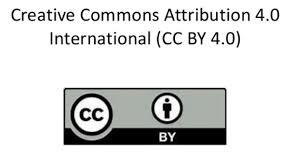Evaluation of sprout performance of milked yam using the minisett technique
DOI:
https://doi.org/10.47440/JAFE.2025.6307Keywords:
Milked yam, Minisett, Propagation, Sprout performanceAbstract
Yam (Dioscorea rotundata) is a critical staple and cash crop in West Africa, contributing significantly to food security and income for thousands of people. However, yam production is mostly challenged by the scarcity and high cost of quality seed yams, which can constitute a great percentage of total production. Additionally, traditional propagation methods lead to uneven sprouting and high disease risk. The minisett technique, which is developed to address these issues by using smaller tuber portions (50-65g) to increase multiplication ratios up to 1:30, also faces low adoption by farmers. This study aimed to evaluate the sprouts performance of milked yam using the minisett technique and to compare the minisett sprout ratio and response of different varieties (Urlordo, Dante, Nyameti, and Abutrei). The experiment was conducted at the University for Development Studies, Nyankpala Campus in Ghana, using healthy milked yam varieties. Minisetts weighing 50-65g and treated with ash, were subjected to two soil treatments covered and uncovered soil in a nursery hut. Data recorded included key performance indicators such as sprout number, number of roots, rotten minisett, and changes in weight before and after sprouting. This data was analyzed using GenStat 18th Edition (using 2-way ANOVA). The findings demonstrated that variety had a highly significant (p < 0.05) effect on sprout number, number of rotten minisett, and weight parameters both before and after sprouting. The soil condition significantly (p < 0.05) influenced the final weight after sprouting, which showed that the soil covering was very important in moisture conservation. Nyameti demonstrated significant potential particularly under covered soil conditions. Nyameti proved promising for minisett multiplication from milked tubers due to its superior sprouting performance and robust resistance to rot. This research provides valuable insights for optimizing planting techniques, enhancing food security, improving farmer income, as well as promoting yam production in West Africa as a whole.






 Publisher:
Publisher: 